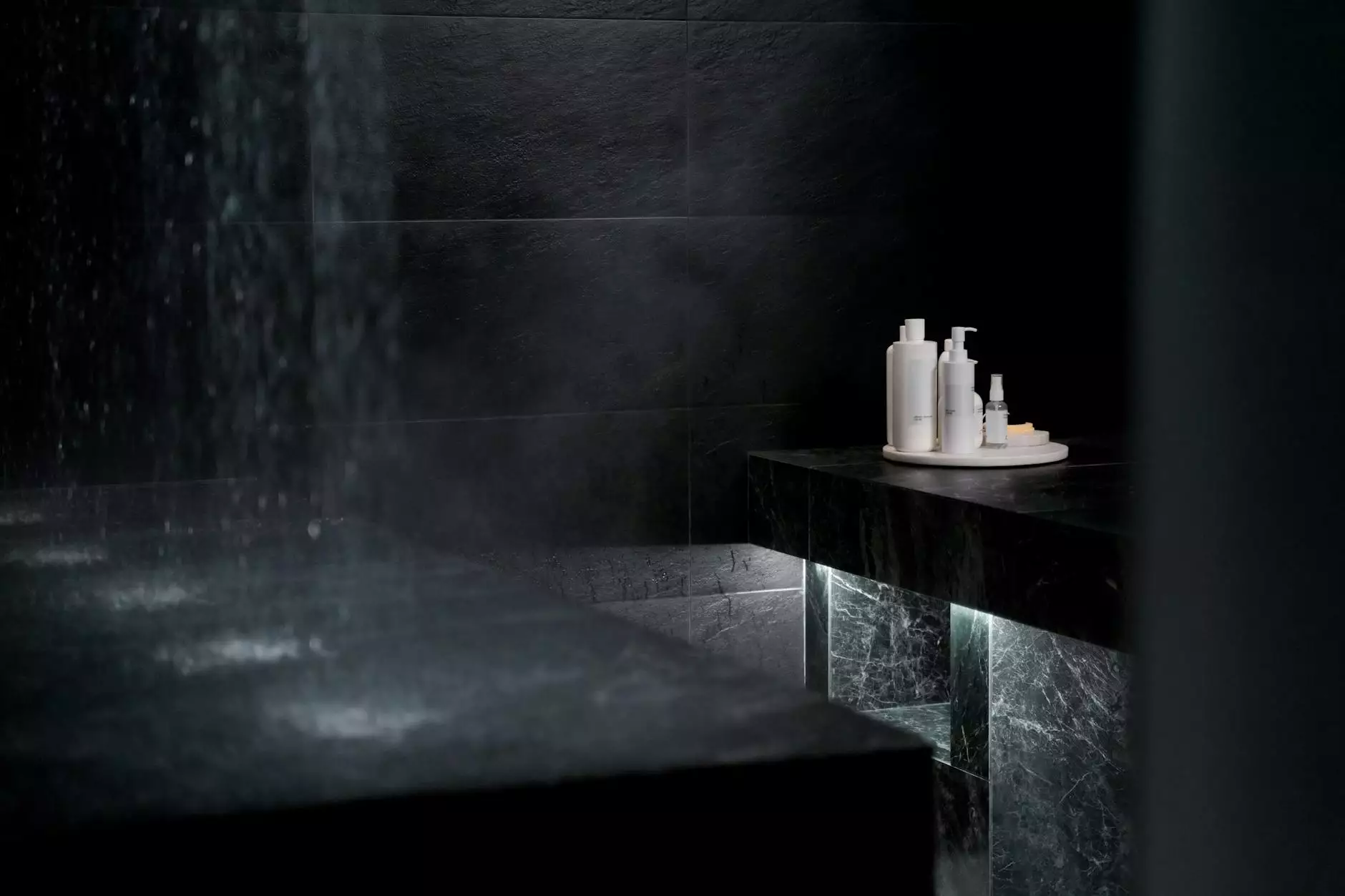The Ultimate Guide to Coping Tiles for Your Pool Renovation

Coping tiles are an essential element of any swimming pool design, playing a crucial role in both functionality and aesthetics. For homeowners looking to enhance their swimming pool area, a thorough understanding of coping tiles can significantly affect both the impact of your renovation project and the long-term maintenance of your pool. In this comprehensive guide, we will dive into the multifaceted world of coping tiles, discussing their varieties, materials, importance, and installation tips—all tailored to help you achieve spectacular results for your pool.
What are Coping Tiles?
Coping tiles are the finishing pieces that cap the edge of a swimming pool. They serve several key purposes, including:
- Providing a smooth edge that is safe for pool users.
- Sealing the edge of the pool, which protects the pool structure.
- Enhancing the overall aesthetic appeal of the swimming area.
- Creating a transition between the pool water and surrounding deck.
These tiles can come in a variety of shapes, sizes, and materials, offering both practical and design-oriented solutions for pool renovators and builders.
Importance of Coping Tiles in Pool Design
The role of coping tiles extends beyond their visual appeal. Here are a few reasons why they are vital in pool construction and renovation:
1. Safety
Safety is always a top priority when designing a pool area. Coping tiles provide a smooth, rounded edge that reduces the risk of injury from sharp corners. Additionally, they can be designed with slip-resistant surfaces, offering further safety for pool users. This is especially important for families with young children or elderly members.
2. Water Management
Properly installed coping tiles help direct water away from the pool, reducing the chances of water pooling on the deck. A well-designed coping system can prevent corrosion and damage to nearby structures while ensuring effective drainage.
3. Aesthetic Appeal
The right coping tiles can transform the look of your pool area, adding elegance and sophistication. With a wide variety of colors, textures, and styles available, they allow for creative expression. Whether opting for a modern, minimalist design or a classic, rustic appearance, coping tiles act as a finishing touch that enhances your overall outdoor space.
Types of Coping Tiles
When it comes to choosing coping tiles, there are several types to consider, each offering distinct benefits. Here’s an overview of the most popular types:
1. Natural Stone Coping
Natural stone coping tiles, such as granite, limestone, and slate, are known for their durability and beauty. They provide a timeless look and can withstand outdoor elements without losing their charm. However, they may require more maintenance than synthetic options.
2. Concrete Coping
Concrete coping tiles are a popular choice due to their versatility. They can be poured and molded into custom shapes, allowing for unique designs. Concrete options can be stained or stamped to mimic the look of costly materials, making them a cost-effective solution. However, they may require sealing to prevent cracking and moisture issues.
3. Brick Coping
Brick coping tiles offer a classic, traditional look and are resistant to fading and wear. They are a fantastic option for homeowners seeking a charming pool environment. The durability of brick makes it an excellent choice for long-lasting pool coping, but care must be taken to ensure proper installation to prevent chipping.
4. Precast Coping
Precast coping tiles are manufactured in a factory setting to ensure uniformity and quality. They are available in various designs and can be easily installed. This option is ideal for homeowners who want a reliable, consistent look without the hassle of on-site fabrication.
Choosing the Right Material for Your Coping Tiles
When selecting the best materials for your coping tiles, consider the following factors:
- Budget: Determine how much you are willing to invest in coping tiles, as prices can vary significantly by material.
- Climate: Consider the weather conditions in your area. Some materials perform better in certain climates than others.
- Style Preferences: Think about the overall design of your pool and outdoor area. Choose coping that complements your existing landscape.
- Maintenance Requirements: Different materials have varying maintenance needs. Consider how much upkeep you’re willing to commit to.
Installation of Coping Tiles
Installing coping tiles is a critical step in a pool renovation project. Here’s a step-by-step guide to ensure a successful installation:
Step 1: Preparation
Before installation, ensure that the pool deck is clean and free of debris. Remove any existing coping tiles carefully to avoid damage to the pool or surrounding areas.
Step 2: Layout
Layout your coping tiles according to your design. Dry fit the tiles to ensure a proper fit and alignment before applying adhesive.
Step 3: Adhesive Application
Use a quality adhesive recommended for the type of material being used. Apply a generous amount to the bottom of the coping tile and seat it firmly in place.
Step 4: Leveling and Alignment
Ensure that each coping tile is level and aligns perfectly with adjacent tiles. Use spacers to maintain consistent gaps for grout.
Step 5: Grouting
Once the tiles are set, allow them to cure according to the adhesive manufacturer's directions. After curing, apply grout between the tiles to secure them further and add a finished look.
Step 6: Sealing
Depending on the type of material used, apply a sealant to your coping tiles to protect them from moisture and staining. Regular maintenance and sealing will prolong the life of your coping tiles.
Maintenance Tips for Your Coping Tiles
To keep your coping tiles in top condition, follow these maintenance tips:
- Regular Cleaning: Clean the coping tiles regularly with mild soap and water to prevent the buildup of dirt and algae.
- Inspection: Inspect the coping tiles periodically for any signs of wear, cracks, or damage. Early detection can prevent more extensive repairs later.
- Resealing: Depending on the material, reseal coping tiles as needed to maintain protection against stains and moisture.
- Prompt Repair: Address any issues immediately to avoid further damage. Replace chipped or cracked tiles promptly to maintain the pool’s appearance and safety.
Conclusion
In summary, coping tiles are not just a functional aspect of pool design but a significant contributor to the overall beauty and safety of the swimming area. Carefully selecting the right type, material, and installation technique will enhance the visual appeal and longevity of your pool. With the right approach, coping tiles can elevate your space, making it a standout feature in your landscape. For a stunning pool renovation that incorporates these essential elements beautifully, consider reaching out to professionals who specialize in swimming pool renovations. Your investment in high-quality coping tiles will pay dividends in terms of enjoyment, safety, and aesthetic appeal for years to come.









